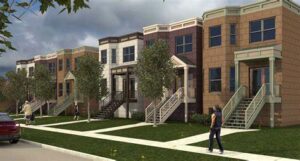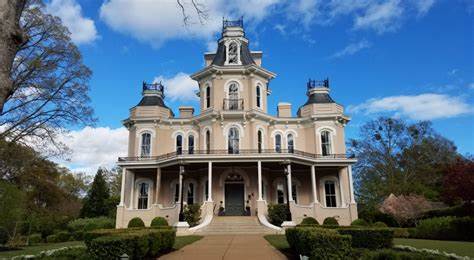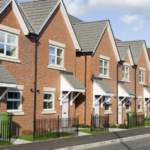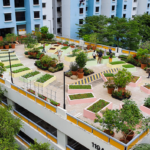Architectural solutions play a pivotal role in the revitalization of neighborhoods, transforming neglected or underutilized areas into vibrant, inclusive, and sustainable communities. The thoughtful integration of architectural interventions can contribute to the social, economic, and environmental rejuvenation of neighborhoods, fostering a sense of place, connectivity, and opportunity for residents. Through a comprehensive approach that takes into account historical context, community input, and sustainable design principles, architects can reshape neighborhoods in ways that are respectful, responsive, and forward-thinking. Here are some key architectural solutions for community revitalization:
Mixed-Use Development
Integrating mixed-use developments within neighborhoods creates a diverse range of residential, commercial, and public spaces, fostering a vibrant and walkable environment. Architectural interventions can repurpose underutilized buildings or vacant lots, creating opportunities for live-work-play experiences while supporting local businesses and enhancing the neighborhood’s economic vitality.

Historical Preservation and Adaptive Reuse
Preserving and adapting historically significant buildings for contemporary use is vital in nurturing a neighborhood’s unique identity. Architects can revitalize heritage structures through adaptive reuse, ensuring that their cultural and architectural heritage is celebrated as part of the community’s fabric.
Public Space and Placemaking
Designing public spaces, such as parks, plazas, and pedestrian-friendly streetscapes, enhances social interaction and community engagement. Architectural interventions that prioritize placemaking create attractive and functional gathering areas, fostering a stronger sense of community and civic pride within neighborhoods.
Affordable Housing and Inclusive Design
Architects can address housing affordability challenges by designing and implementing inclusive housing solutions within revitalized neighborhoods. Thoughtful design considerations, such as adaptable and accessible housing, help create diverse and equitable living environments that cater to the needs of all residents.
Sustainable Urban Planning and Green Infrastructure
Architectural interventions can facilitate sustainable urban planning, integrating green infrastructure, such as permeable surfaces, urban green spaces, and tree-lined streets, to enhance environmental resilience and contribute to the health and well-being of neighborhood residents.
Community Engagement and Participatory Design
Collaborative engagement with local residents and community stakeholders is crucial in shaping the future of a neighborhood. Architects can employ participatory design methods to ensure that community voices are heard, fostering a sense of ownership and inclusivity in the revitalization process.
Transit-Oriented Development
Designing neighborhoods that prioritize accessibility and connectivity to public transportation supports sustainable growth and reduces reliance on private vehicles. Architectural solutions that emphasize transit-oriented development help create pedestrian-friendly, transit-accessible neighborhoods that promote mobility and reduce environmental impact.
Social Infrastructure and Community Facilities
Architectural interventions can revitalize neighborhoods by integrating community facilities, such as schools, libraries, and cultural centers, which serve as catalysts for social interaction, education, and cultural enrichment.
Safety and Crime Prevention through Environmental Design (CPTED)
Architects can employ principles of CPTED to enhance neighborhood safety, incorporating design elements such as proper lighting, natural surveillance, and clear wayfinding to create environments that deter crime and enhance overall public safety.
In conclusion, architectural solutions have the power to catalyze community revitalization efforts, contribute to positive urban transformation, and create neighborhoods that are sustainable, inclusive, and socially enriching. By embracing a holistic approach that considers historical preservation, community engagement, environmental sustainability, and social equity, architects can play a pivotal role in reshaping neighborhoods, fostering well-being, and improving the overall quality of life for residents.


